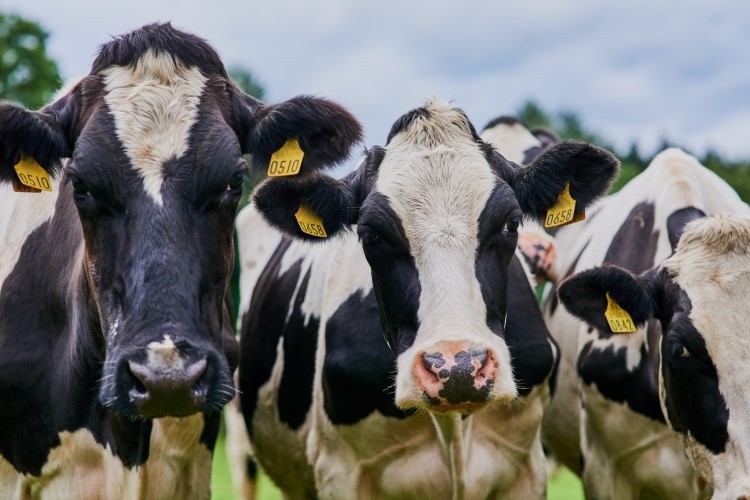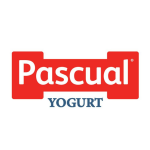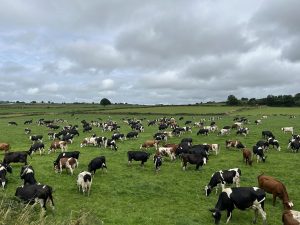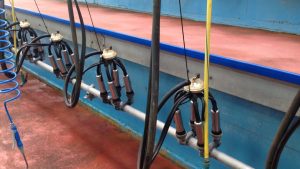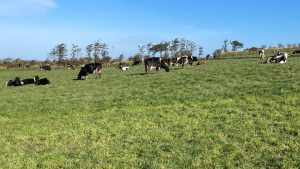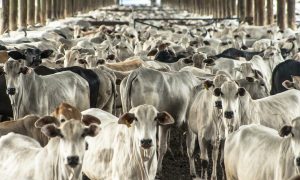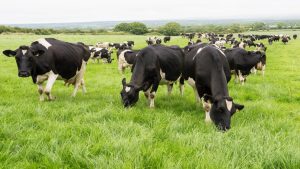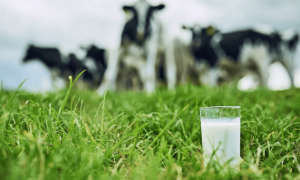
Pat McCormack said that the lack of progress was ‘stunning’ and has called for the policy, which requires all dairy farmers to provide milk yield information for their herd to determine their nitrate banding, to be shelved. “We are coming up on mid-March and most of our members have still to receive official notification on what band they will have to farm within for this year – I repeat, that’s this year,” he commented.
McCormack said the government’s ‘unrealistic’ schedule on rolling out the banding rules had become ‘impossible and it would be better for everyone…if the responsible officials just recognized that they are not ready for this regulation and suspended the process till there’s some semblance of a plan’.
“Frankly, they have not done the preparations – much less looked at the roll-out and the implications of this move,” McCormack said. “Realistically, at this stage we have two options: [the Department of Agriculture, Food and the Marine] can continue with this cack-handed and chaotic banding proposal, or they can just accept that the groundwork for this has not been done and an absolute shambles will result from them going ahead. They can defer or suspend and give themselves – and the unfortunate farmers – a chance to look at this again and reconsider.
“Continuing with the present policy is actually ‘doubling-down’ on a move that is already out-of-time and leaving the thousands of farmers concerned out-of-options.”
Dairy farmers in the Republic of Ireland are required to provide information to the Irish Cattle Breeding Federation (ICBF) to determine the nitrogen excretion band for their cows in 2023 to ensure compliance with the Nitrates Regulations and confirm stocking rate limits. Until the end of 2022, all dairy cows in Ireland were assumed to be producing 89kg of livestock manure nitrogen per head per year.
But from 2023, each dairy herd will be assigned one of three bands based on the herd’s average annual milk yield, with higher-yielding herds assigned a higher band. The new banding will hand a rate of 80kg/head/year for an average milk yield of 4,500kg or less; 92kg/head/year for 4,501-6,500kg, or 106kg/head/year for a yield of more than 6,500kg.
According to DAFM, the requirement for the introduction of the banding was agreed with the EU Commission as part of the Review of Ireland’s Nitrates Action Programme and was the basis of securing approval for Ireland’s Nitrates Derogation.
The banding is calculated by combining milk supply data and dividing that by the average cow numbers on farm. Farmers were initially due to find out their nitrate limits from early February 2023, but it wasn’t until February 22, 2023 when the ICBF online portal, through which milk yield data is submitted, went live. According to the Department of Agriculture, Food and the Marine (DAFM), the delay happened because a third option was included as a transitional measure following stakeholder engagement.
To submit their milk yield data, dairy farmers can select one of three options:
1- The rolling average for the three preceding years, or
2- the most recent preceding year (e.g. 2022), or
3- the one-off measure: to use the herd’s 2023 average milk yield.
DAFM has urged all dairy farmers to submit information for their herd by March 16, 2023. DAFM has issued letters to more than 16,000 dairy farmers on March 3, 2023 to remind them to take action, we were told.
“The Department accepts this is a significant change at farm level and the Department has engaged with farm bodies, including the ICMSA, at all stages in the process to facilitate options for its introduction,” a DAFM representative told DairyReporter. “This included the assessment of Option 3, which was included following stakeholder engagement.
“Option 1 was originally introduced through SI 113 2022 on the 11th March 2022. Option 2 was subsequently introduced under the Regulations to give greater recognition to the more recent situation in terms of herd management and nutrient excretion levels.
“Option 3, however, was only screened as acceptable without full Appropriate Assessment by the Department of Housing, Local Government and Heritage’s Ecological Assessment Unit (EAU) on 15/02/23, hence final communication to farmers could not be issued until the required assessment by the EAU was complete.
“Option 3 is based on real time milk data and hence real time nutrient excretion rates, using the current year milk data to determine the current year nutrient excretion rate for dairy cows in a herd. Option 3 is a one-off transitional measure to assist and encourage farmers to move to a lower band.”
“Following confirmation of Option 3 and subsequent approval from the Minister for Housing, Local Government and Heritage Darragh O’Brien TD, the legislation was updated on February 22, 2023 under Statutory Instrument No. 75 of 2023,” DAFM’s statement concluded.
EU dairy’s nitrogen headaches
Other EU countries are also cracking down on nitrogen emissions from livestock manure, notably the Netherlands, which has been classed as one of the bloc’s biggest greenhouse gas emitters. The Dutch government has vowed to cut down livestock numbers in the country by a third, including through farm buy-outs, in order to halve emissions by 2030. The policy has sparked widespread protests from farmers, who would be forced to either adapt their operations, or potentially leave their sector altogether.
According to the Dutch national statistical office, agriculture exports have been growing in the last five years. In 2021, ag exports reached €104.7bn ($116.6bn), up €9bn on the prior year, with dairy and meat providing a combined total of 17.8bn ($18.9bn). For comparison, exports of horticultural products, such as flowers, totaled €12bn ($12.8bn).
